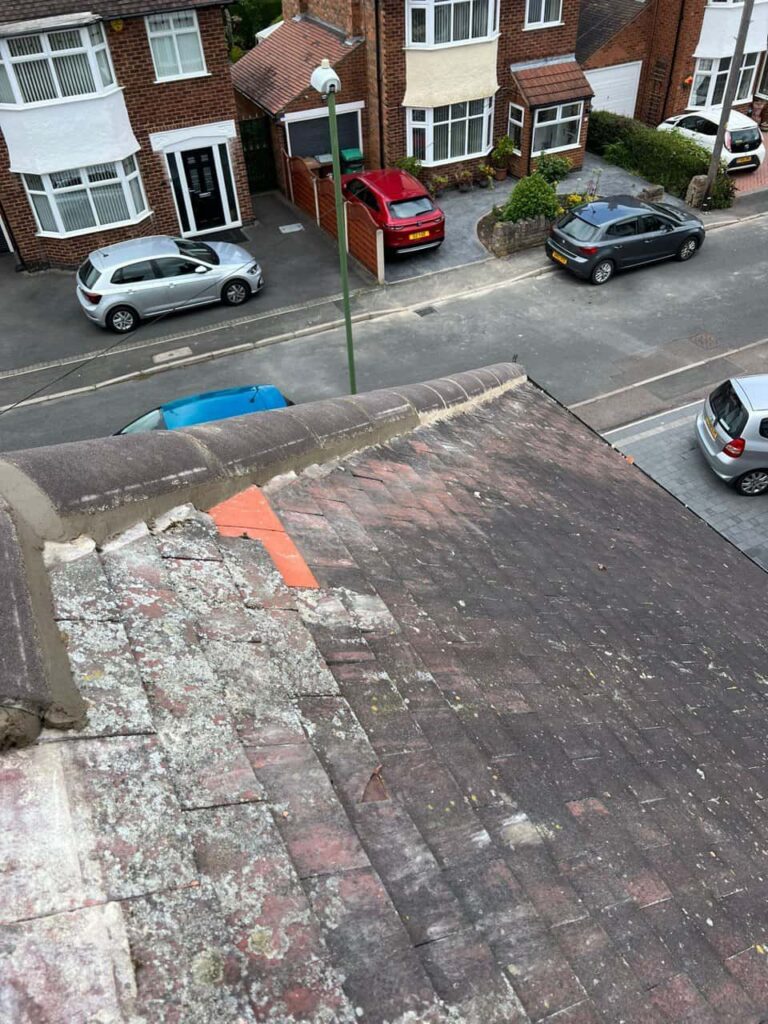Introduction: Gable roofs, known for their distinctive triangular shape, are popular for homeowners seeking both aesthetic appeal and functionality. However, to maintain the integrity of your gable roof and protect your home, it’s essential to seal roof penetrations properly. These openings, such as vents, chimneys, and skylights, can be vulnerable to water infiltration if not adequately sealed. In this blog post, Clifton Roofing Repairs will guide you through properly sealing gable roof penetrations to prevent leaks and ensure your roof’s long-term performance.
Importance of Sealing Roof Penetrations
Roof penetrations serve essential functions but can pose risks if not sealed correctly. Proper sealing is crucial because it:
- Prevents Water Infiltration: A well-sealed roof penetration prevents rainwater from entering your home, preventing costly water damage and mould growth.
- Enhances Energy Efficiency: Proper sealing also helps maintain your home’s energy efficiency by preventing conditioned air from escaping and outside air from entering.
- Extends Roof Lifespan: Proper sealing contributes to the longevity of your gable roof by preventing water damage and leaks.
Steps to Properly Seal Gable Roof Penetrations
- Inspect for Damage: Inspect your roof penetrations for any signs of damage or wear. Look for cracks, gaps, or deteriorated sealant around the base of vents, chimneys, and other penetrations.
- Gather Materials: You’ll need the following materials for the sealing process:
- Roof sealant (compatible with your roofing material)
- Roofing nails or screws
- Caulk gun
- Roofing cement or adhesive tape
- Roofing mesh or fabric (if needed)
- Clean the Area: Ensure the area around the penetration is clean and free from debris, dirt, and old sealant. Use a stiff brush or a pressure washer if necessary.
- Apply Sealant: Load the sealant into a caulking gun and apply a continuous bead of sealant around the base of the penetration. Be generous with the application, ensuring complete coverage.
- Secure Flashing: If your penetration requires flashing, install it over the sealant. Fasten the flashing using roofing nails or screws, making sure it is secure and flush against the roof surface.
- Seal Joints and Edges: Pay close attention to the joints and edges of the flashing. Apply additional sealant to create a watertight seal. Use roofing mesh or fabric embedded in sealant for added reinforcement if necessary.
- Inspect for Proper Alignment: Ensure the penetration and flashing are properly aligned and flush with the roof surface. Any gaps or misalignment can compromise the seal.
- Smooth the Sealant: Use a putty knife or finger to smooth the sealant evenly and remove excess. This ensures a neat and effective seal.
- Allow Time to Cure: Let the sealant cure according to the manufacturer’s instructions. Depending on the product and weather conditions, this may take a few hours or longer.
- Conduct Regular Inspections: Periodically inspect the sealed penetrations to ensure the seal remains intact and effective. Reapply sealant as needed to address any wear or damage.
Conclusion: Properly sealing gable roof penetrations is crucial for preventing water infiltration, maintaining energy efficiency, and extending the life of your roof. By sealing penetrations correctly, you can enjoy the benefits of a well-protected home and a resilient gable roof.
Call us on: 0115 647 1193
Click here to find out more about Clifton Roofing Repairs
Click here to complete our contact form and see how we can help with your roofing needs.

